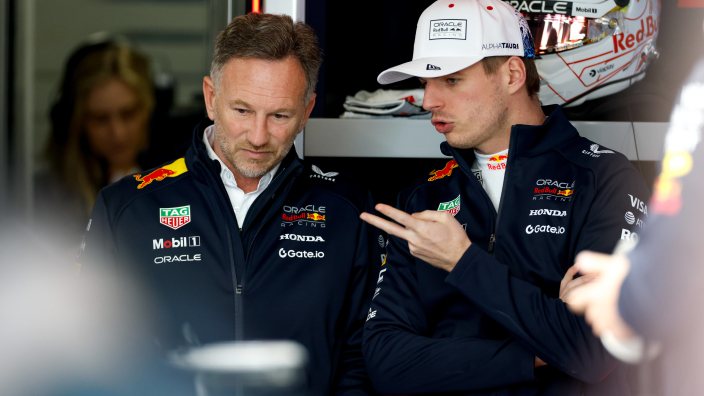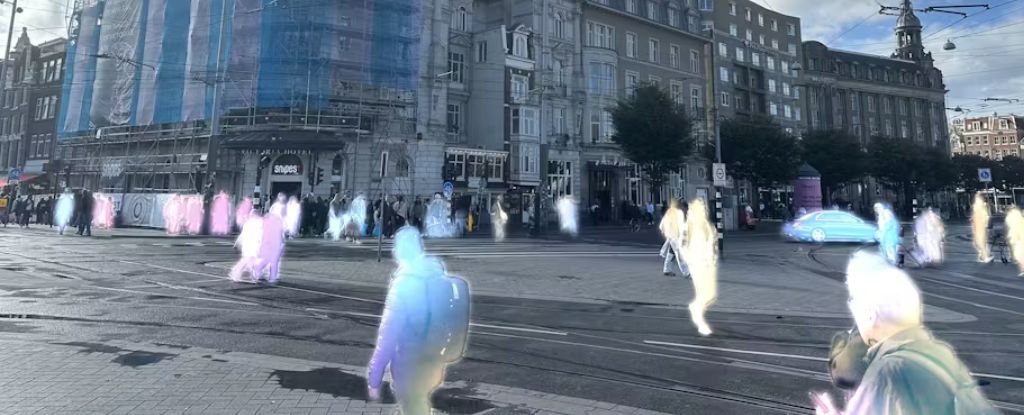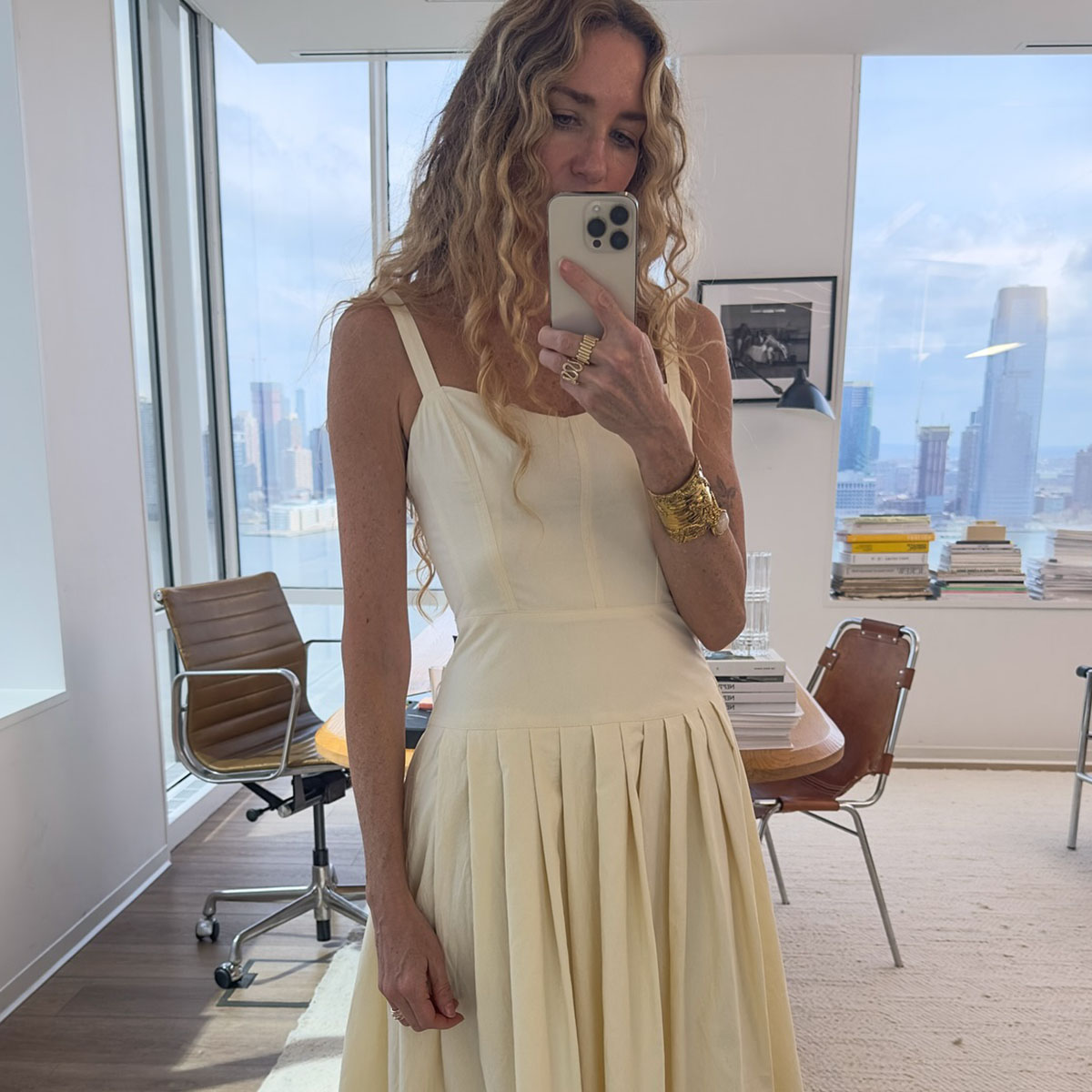New York and The Fight For Truly Public Schools
A few days ago, the New York State Education Department rebuked the Trump administration’s efforts to pull federal funding. Namely, the federal administration has ratcheted ... Read More The post New York and The Fight For Truly Public Schools appeared first on The Jose Vilson.

A few days ago, the New York State Education Department rebuked the Trump administration’s efforts to pull federal funding. Namely, the federal administration has ratcheted up efforts to scrub policies related to diversity, equity, and inclusion on multiple fronts. The strongly-worded rebuke was swift and refreshing for several reasons. It’s important to note that NYC has the most billionaires per capita in the world. New York State has the second-most billionaires in the country. In other words, New York can afford to fully fund our public schools. Secondly, New York citizens have had a decades-long battle about school funding. Despite whatever political alignments people think New York City has, the political will has never been right nor just.
But for a moment, can we imagine that some level of government believes in listening to the people it serves?
Contrary to the way history usually gets taught to us, governments rarely if ever simply came to their senses when it comes to our educational rights. In education history, locally or otherwise, marginalized people have always had to engage in a battle for educational rights. These identity-centered struggles have perpetually had implications for everyone, not just the group that fought for the hard-fought win. Social movements made it possible for co-ed K-12 classrooms, culturally responsive and inclusive curriculum, math and higher order content across schools, and (dis)ability services.
None of these happened just because time passed. If anything, people forced times to change incrementally. Plus, many of the people didn’t get to see the change they influenced.
How do we imagine the word “public” in public schools in New York City and elsewhere? For that matter, to borrow from bell hooks, how do we bring the margins to center? Over the last quarter century, we’ve seen the bipartisan effort to tighten control of schools via multiple accountability measures. In the 20 years I’ve been in education, I’ve seen teaching go from “testing is just one component of teaching” to “testing is teaching.” Efforts to narrow curriculum and pedagogy have had mixed results. Our schools has also come under conflict with the same president twice for serving undocumented children.
To his credit, Mayor de Blasio fought against that pressure. To his folly, Mayor Adams would rather fight against those willing to fight for public schools.
We’re seeing how New Yorkers don’t collectively share an authentic notion of “public.” For every parent who just wants a school that cares about their child’s academic and socio-emotional well-being, there are a small but powerful few who rather render the majority of voices invalid. For every educator who wants to teach children well in the contexts that they’re in, there are others who voted for the fascism we’re seeing now. While a good number of principals and superintendents want to support their schools well, another set prefer to preserve power and only seem to care about undocumented children when it comes to attendance and putting on a façade of equity.
At the heart of the “public” question is whether or not those in power want everyone else to get educated.
Critics of public schools provide a litany of issues with this set of institutions, some with better appraisals than others. Some like to name these schools “government schools,” a name that conjures up sets of people who prefer Black people not get an education. Others bring up how, in their narrative, the United States used to be #1 in the world in education. Yet, the folks who, again, prefer to keep people uneducated keep holding on to the fantasy.
But among the more poignant assessments fall in line with identity-based (i.e. racial, gender, disability) justice. In their minds, public schools disproportionately neglect Black and Latine children across grade levels. Even though students of color comprise 85% of the NYC public school student body, teachers of color comprise about 43% of the teaching staff with no signs of change. NYC high schools with more students of color have more metal detectors and school resource officers. Informally, parents I speak to note how schools shove their students into persistent detention for behaviors that may not have qualified if their child was white and wealthy. Oh, and the reinforcement of deficit thinking through perpetual standardized testing only makes the schooling experience worse for kids.
I hear these and often agree with the heart of these assessments. But the answer is to improve these institutions, not privatize or shut them down.
That’s why we prefer to fight for public schools because the public is us. We have laws and policies that, when followed, bring a level of transparency and input that privatization closes off. Public means that people should have a level of engagement with the education process to be full participants in their children’s education. Contrary to popular belief, I believe parents who send their kids to public school care about their children’s education. But now it’s time for policymakers to match and surpass that energy with better resources, better funding, and more sustained policy regardless of who’s mayor, governor, or president at the time.
And, when public doesn’t feel public, then we the public demand that things become so.
Jose, who’s a proud advocate for New Yorkers for Racially Just Public Schools
The post New York and The Fight For Truly Public Schools appeared first on The Jose Vilson.







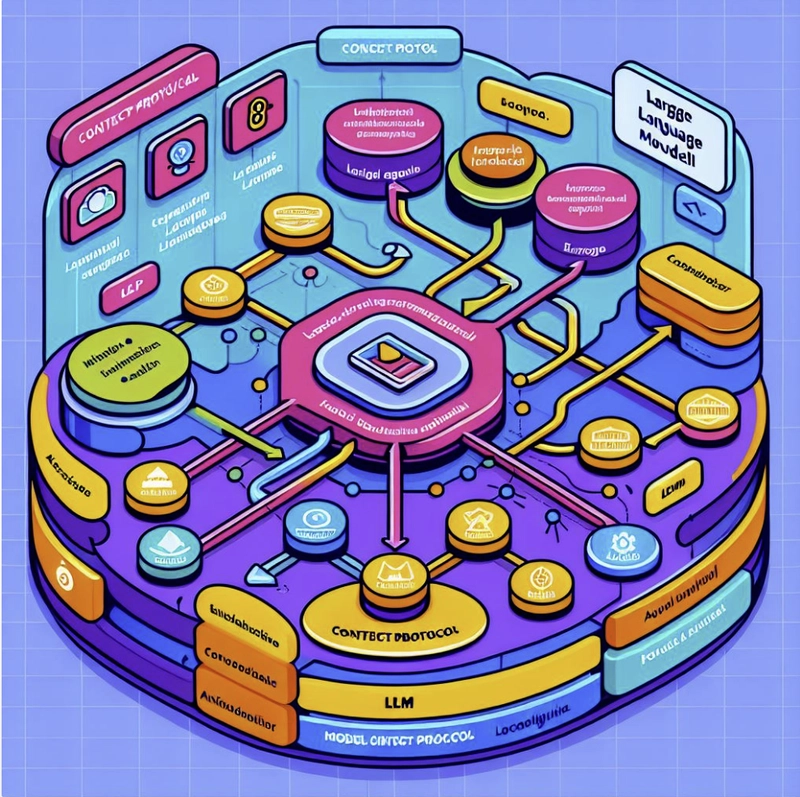

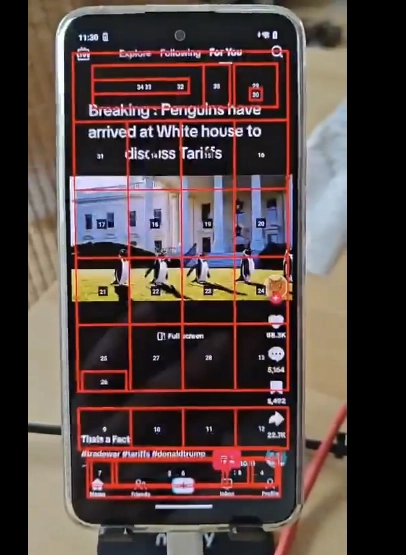
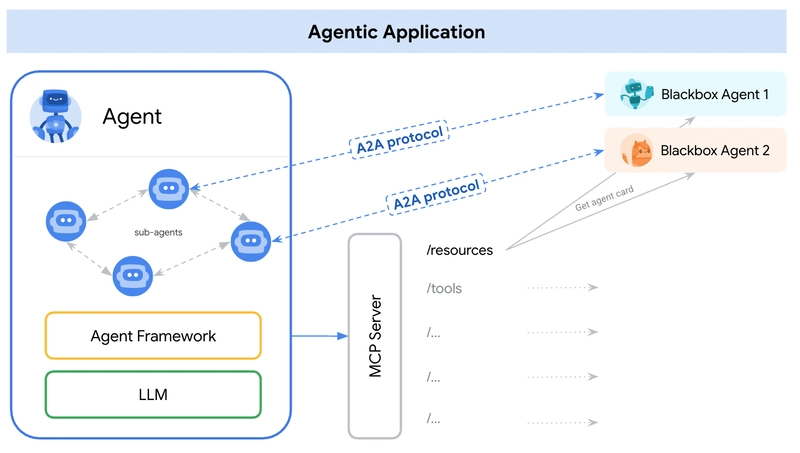








![Rogue Company Elite tier list of best characters [April 2025]](https://media.pocketgamer.com/artwork/na-33136-1657102075/rogue-company-ios-android-tier-cover.jpg?#)



